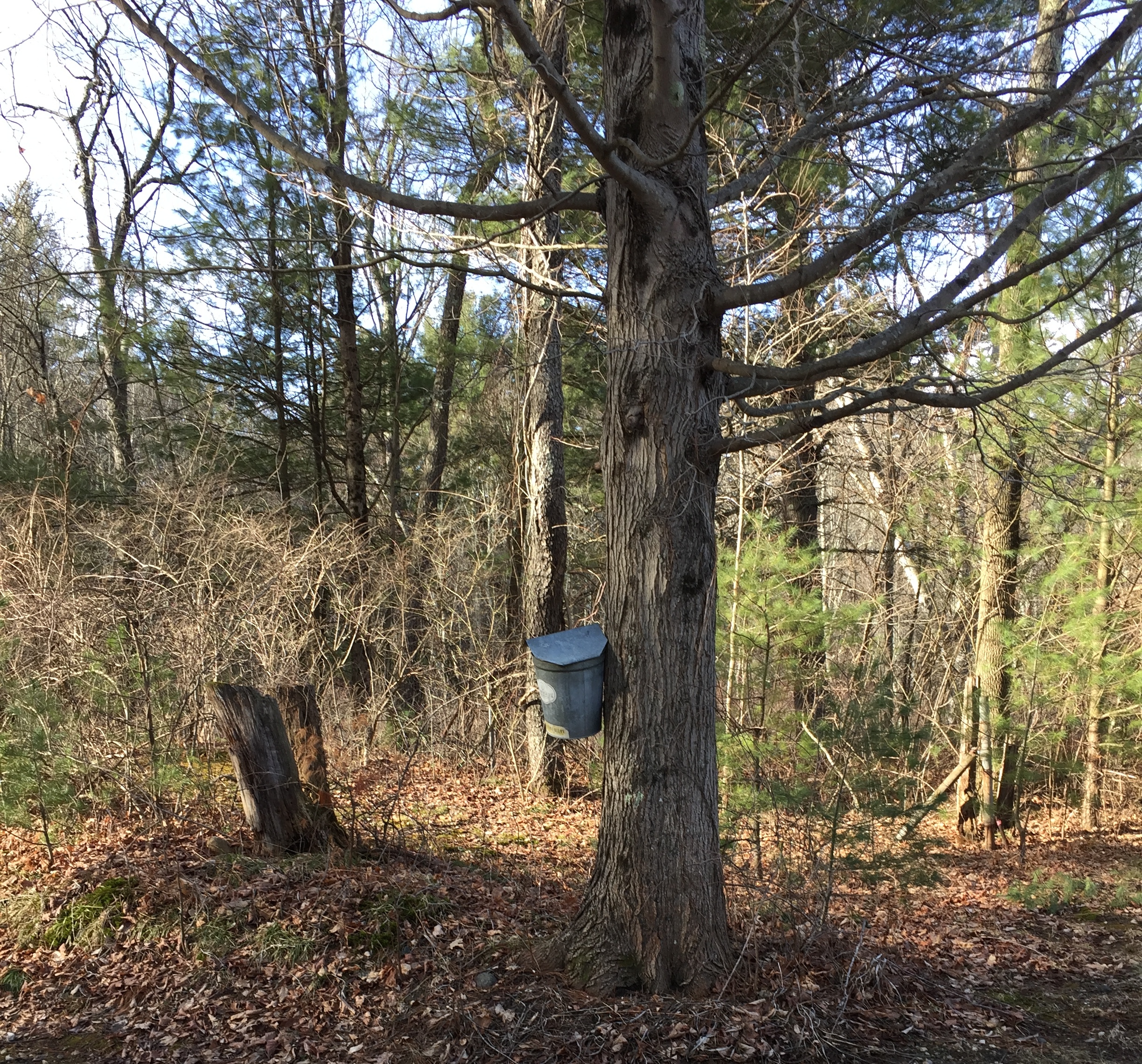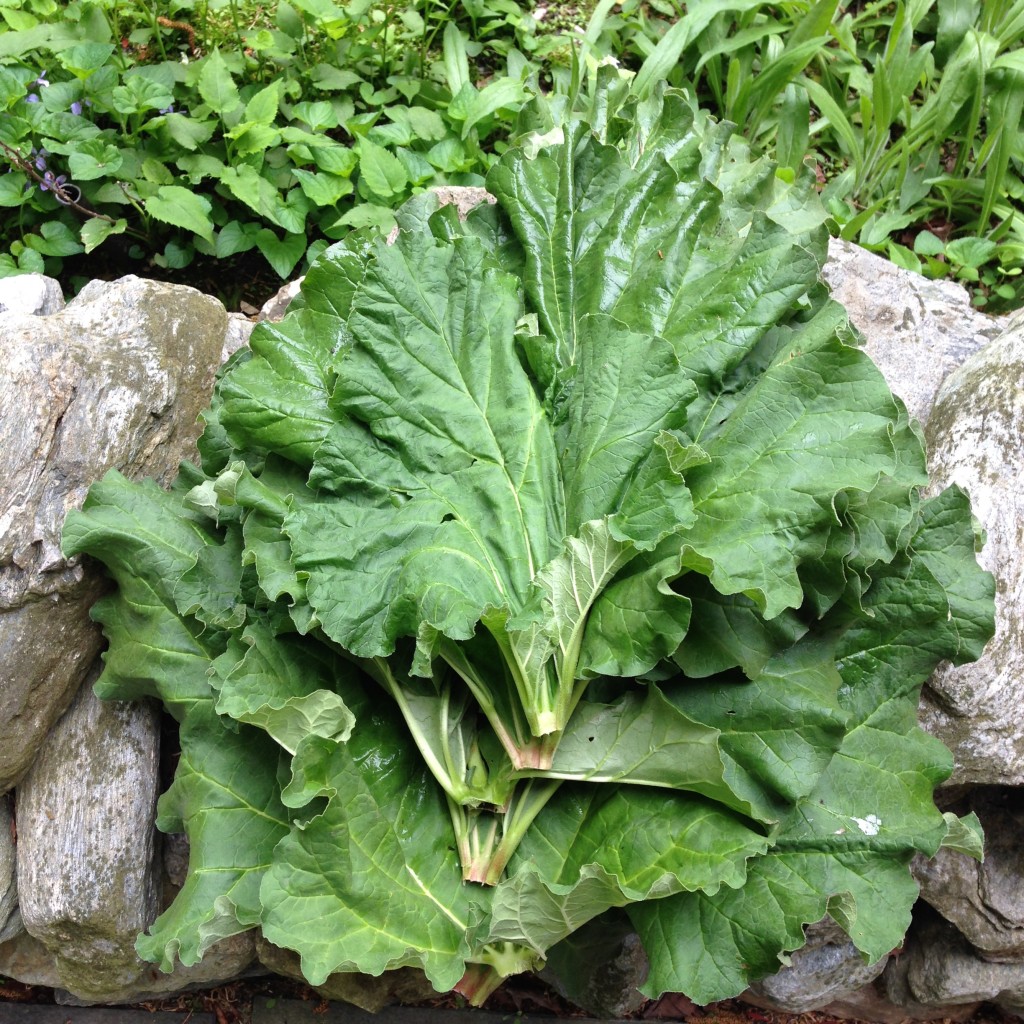Summer promises the great outdoors: time to explore new terrains or become more familiar with the world found on your doorstep. As a primer to our summer exploration, we have been delving into ‘nature based’ reading.
on a colonial farm’s recommended summer reading list:
Carlos Magdalena, The Plant Messiah: Adventures in Search of the World’s Rarest Species, (New York: Doubleday, 2017), pg. 6.
“I want to make the world aware of what plants do for us. I want us to give plants a value and appreciate what they do. I want us to understand their importance for our survival and the survival of our families—our babies, grandparents, and future generations. I want us to realize that without them we would die, and most living things on land in the air would die with us. I want us to be enthused by the importance of conservation, to be fired with determination that we should never give up, even if there is only one plant left in the world. I want us to understand the importance of plants so much that we are moved to do something about it.”
Diana Beresford-Kroeger, The Global Forest 40 Ways Trees Can Save Us, (New York: Penguin Group, 2010), pg. 69.
“But art has a sister. The sibling is science. Art and science are of the same house, of the same family. Art in all its forms opens the way for science, because art is the precursor to science in all things. Art sounds the bell of change that leads to discovery, and science runs in to listen, to test, and to learn. Art sometimes molds and other times reflects the thoughts of culture and then defines the tides of fashion. Science follows in the wake of those tides and looks back at the great fetch of “why” to derive the question “how.”
“There is some time left. There is time for a different way of thinking in which man can rethread the needle and sew a life for the future. For if nature is destroyed, art will stand still and the creativity of science will follow suit. “
Tristan Gooley, The Lost Art of Reading Nature’s Signs, (New York: The Experiment, 2010), pg 3.
“Picking up one simple scent can take the mind on an extraordinary journey. Sense and thought, observation and deduction, this two-step process is the key to transforming a walk from mind-numbing to synapse-tingling. One cannot work without the other; the brain can build wondrous edifices in our mind but it requires the scaffold that our senses provide.”
Richard Powers, The Overstory, (New York: W.W. Norton, 2018), pgs. 454-455.
‘ “Trees stand at the heart of ecology, and they must come to stand at the heart of human politics. Tagore said, Trees are the earth’s endless effort to speak to the listening heaven…..If we could see green, we’d see a thing that keeps getting more interesting the closer we get. If we could see what green was doing, we’d never be lonely or bored. If we could understand green, we’d learn how to grow all the food we need in layers three deep, on a third of the ground we need right now, with plants that protected one another from pests and stress. If we knew what green wanted, we wouldn’t have to chose between the Earth’s interests and ours. They’d be the same.” ‘
Andrea Barnet, Visionary Women: How Rachel Carson, Jane Jacobs, Jane Goodall and Alice Waters Changed Our World, (New York: Ecco, 2018), pg. 330.
“People ask how can I as one person can make a difference……But if we can start making considered choices in our everyday actions, the little things – what we buy, what we wear, if we think carefully about the consequences of these choices – how it was made, where did it come from, was it child slave labor, was it cruelty to animals, etc., then we can start making different choices. Small choices. But multiply these small choices by a hundred, a thousand, a million and then a billion and then you start to see a different kind of world.” Jane Goodall.
I will be tucking wildflower, bird and trees guides into my bag this summer, along with newly handmade books to start mapping what I see, hear and smell around the farm. Delving deeper into where I live and what lives around me, guided by the thought that all is connected, and that by our choices we can make a difference.
[Note: Click on Author’s name for their website, including Carson, Jacobs, Goodall and Waters.]












 Each year, I ponder harvesting from our sugar bush and wonder if we are wasting nature’s sweet sap. So, when I saw Helen and Scott Nearing’s The Maple Sugar Book on the second-hand shelf, I snapped it up. The Nearings moved to the Green Mountains in Vermont and sought to make “an honest living”, and found that sugaring was the answer. Their wisely written book walks one through practical advice: how and when to harvest; methods of making syrup; and a business and marketing plan, right down to packaging and the dollars and cents of the enterprise.
Each year, I ponder harvesting from our sugar bush and wonder if we are wasting nature’s sweet sap. So, when I saw Helen and Scott Nearing’s The Maple Sugar Book on the second-hand shelf, I snapped it up. The Nearings moved to the Green Mountains in Vermont and sought to make “an honest living”, and found that sugaring was the answer. Their wisely written book walks one through practical advice: how and when to harvest; methods of making syrup; and a business and marketing plan, right down to packaging and the dollars and cents of the enterprise.


